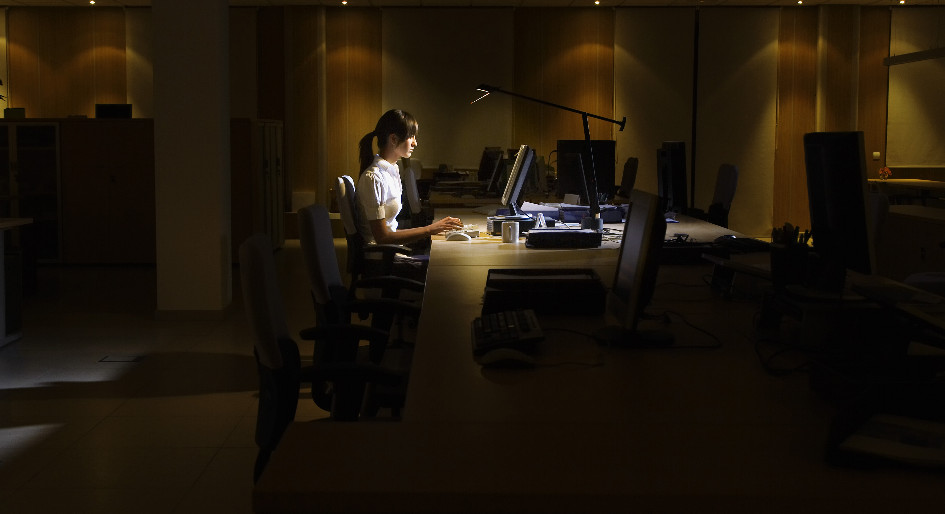Eye-catching office perks like pet-friendly policies and on-site fitness centres are often used to attract and retain talent, but on their own, they don’t necessarily support the overall wellbeing of young employees.
A new joint-survey on workplace wellness, conducted by technology company View Inc. and Future Workplace, looked at Canadian workers in the corporate office sector aged 18 to 74. The findings reveal that their employers are overlooking several elements contributing to physical discomfort, such as air, light, temperature and acoustics, all of which factored into the respondents’ primary wellness needs.
Better air quality was the most requested feature across generations at 46 per cent, while 79 per cent have an issue with their acoustic environment at work; performance seems to lag for many when it comes to co-worker conversations and background office noise like telephones. Only 34 per cent of respondents awarded their company a score of 75 per cent for supporting wellness demands.
One belief for this employer oversight is that companies are now playing catch-up to modern workplace dynamics. Dr. Brandon Tinianov, chair of the U.S. Green Building Council’s Advisory Council and vice-president of industry strategy at View, points out how workplace styles are changing from a traditional office to a flexible, neighbourhood-driven version of open-plan space, creating new environmental challenges.
“We have moved from a society where companies were valued for their assets like heavy goods or railroads into a knowledge-based workplace where companies are valued for their intellectual property or the talent they can acquire,” he adds. “People are the value of the company and the number one expense. Making them comfortable is the most business-positive thing you can do for your organization.”
Productivity is failing as a result of uncomfortable workspaces. Overall, 75 per cent of employees are losing out on work time. Poor ergonomics and physical discomfort are causing losses by 31 per cent and 23 per cent of employees, respectively.
But more than any other age-group, Generation Z is losing the most time, with 32 per cent losing one to two hours a day, and 80 per cent losing at least 15 minutes.
Perhaps, as Tinianov suggests, this cohort’s expectations are high when it comes to space demands because they are coming from an environment much more adaptive to their comfort level.
“Universities are now dynamic and flexible and that’s where students are learning; they have good flexibility and ample natural light and visual intrigue,” he says. “When you put them in a traditional office building it’s a shock to their system.”
Another finding shows that access to outdoor views is more important than unlimited vacation time or off-site events for 45 per cent of Gen Z respondents. Better air quality was also essential, with 39 per cent saying it would improve their wellbeing.
Also on this young group’s wish list is the ability to customize and personalize their workspace.
While most Canadians said they would like to be able to adjust their work environment using their mobile devices, 41 per cent of Gen Z-ers want to optimize access to natural light from an app and 48 per cent would like to adjust workspace temperature. Among boomers, the ability to adjust workspace temperature, control air quality and mask noise and soundscaping ranked the highest.
Personalizing a workspace for both emotional and physical purposes is one action employers can take to enhance comfort and wellness. The study also suggests adapting an employee-centric view of workplace wellness and a shared strategy between real estate and human resources. Focusing more on areas that affect all employees, access to natural light, for instance, and less on perks that workers need to make time for would also help. Adapting a continuous improvement mindset is also key.
Investments tailored to the personal interests of employees could also benefit the building itself. Tinianov argues that progressive design could perhaps enable efficiency, impacting facility managers over a 10 to 20 year period.
“The data shows people are dissatisfied with their level of environmental comfort in offices,” he says. “If the facility design could allow them a level of personal control that would really optimize the maintenance load in the facility over the lifetime of the building.”




